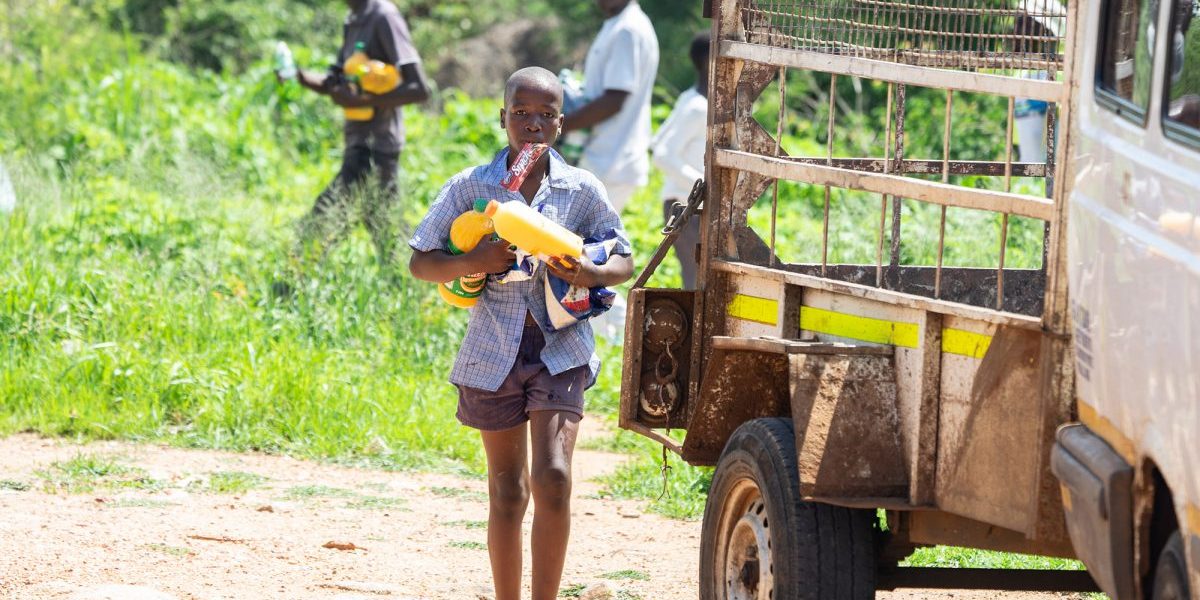Summary:
- The current landscape in the transport sector is characterised by high operating costs which in turn increases production costs for industry and commerce, negatively impacting the competitiveness of Zimbabwean made products in the region.
- Zimbabwe now has the second largest informal economy in the world after Bolivia. This high level of informalisation contributes to a very fragmented public transport system dominated by small minibus taxis in urban areas.
- Distributed energy generation from renewable energy sources, in particular solar, are playing a major role in bridging the power generation deficit.
- The mining sector can play an anchor role in the transition to e-Mobility as a source of battery materials, providing an avenue to increase foreign currency earnings through the export and beneficiation of minerals and materials for traction batteries and as a significant customer of electric vehicle Original Equipment Manufacturers.
- A holistic approach towards the interface between the distributed renewable energy generation space, the minerals and materials that the mining industry produces for electric vehicle manufacturing, and, clean transportation focusing on battery electric vehicles could unlock revenue boosting efficiencies to catalyse growth in the Zimbabwean economy.







